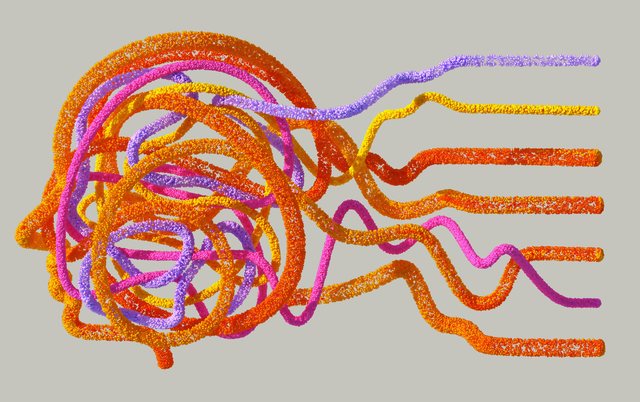
Our brain is not a static structure—it is a dynamic organ, capable of reshaping itself throughout life. This phenomenon is known as neuroplasticity, which involves changes in the strength of synaptic connections, the formation of new neuronal networks, and even the creation of new neurons in some brain regions. Thanks to neuroplasticity, we can not only learn new skills, but also recover functions after cognitive impairment, improve memory, and maintain strong mental health.
1. How new neuronal networks are created throughout life
Synaptogenesis and the strength of synaptic connections
Every time we learn something new—whether it's a word, a musical note, or a practical skill—the brain consolidates that information by strengthening the connections between the neurons involved. This process, known as long-term synaptic potentiation, increases the number and efficiency of receptors at the synapse, making the signal between two neurons pass faster and stronger.
Neurogenesis in the hippocampus
Although for many years it was thought that the number of neurons remained constant after childhood, recent studies show that the hippocampus—the area of ??the brain responsible for learning and memory—produces new nerve cells throughout life. This neurogenesis contributes to our ability to accommodate new information and form lasting memories.
Network restructuring
Beyond the synapses, the brain improves the speed of transmission of nerve impulses through the sheath around the axon, called myelin. Over time and with continued practice, the brain injects more myelin around the axons of frequently activated neurons, making communication between them more efficient and faster.
2. Techniques that stimulate brain change and improve memory
To promote neuroplasticity and keep the brain "in shape", we can adopt some daily practices:
Reflective Meditation
Mindfulness exercises increase cortical thickness in regions such as the prefrontal cortex and hippocampus. A daily session of 10–20 minutes of meditation helps reduce stress, improve executive function, and strengthen working memory.
Addressing new challenges
The brain is built by repetition, but it also thrives on encountering novelty. Periodically shifting to different challenges—learning an instrument, solving unfamiliar logic puzzles, learning a foreign language, or modifying your daily itinerary—forces existing networks to interact in new ways and stimulates synaptogenesis.
Moderate physical exercise
Aerobic activity, such as brisk walking or cycling, increases levels of BDNF (Brain-Derived Neurotrophic Factor), a protein key to the survival and growth of neurons. Regular exercise helps improve memory and mental health.
Teaching delivery technique
Instead of covering the material intensively in a single session, break up the learning into short time intervals with breaks in between. This method better consolidates the information into long-term memory.
Stimulating social space and group learning
Interacting with others during learning—such as discussions, presentations, or group work—activates multiple cognitive functions simultaneously, enhancing processes of evidence and reflection.
Neuroplasticity suggests that our brains are constantly able to regenerate and adapt. By integrating practices like meditation, facing new challenges, physical exercise, and sharing learning into our routines, we stimulate the formation of new neuronal networks, strengthen existing synapses, and improve memory. Every conscious initiative to challenge our mental comfort zone is a step toward a stronger, more agile, and more willing brain to learn without limits.
Photo Credits (Free Download):





